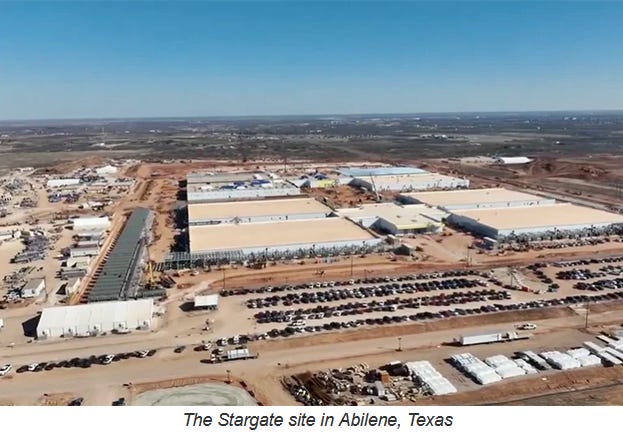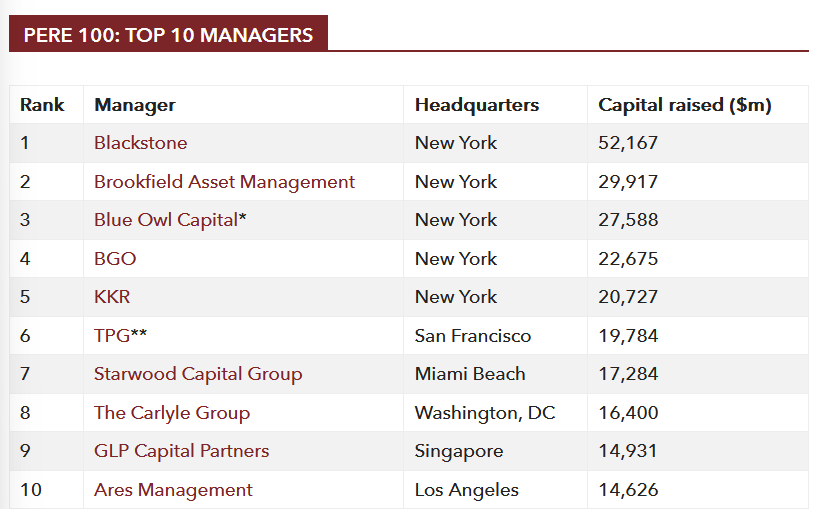This is a brief comment on my just-published analytical “Blue Owl’s Q2: Almost Too Good to Improve Upon,” prompted by one of my readers. He asked whether the nearly 5% yield should be added to Blue Owl’s return estimates. Technically, yes—but focusing on that misses the elephant in the room that I barely touched upon in my article.
The big question is what Owl can do with its nascent digital infrastructure business.
In my analytical piece, I mentioned that IPI Partners’ business was the most promising recent acquisition for Owl. IPI is a leading data center developer with a focus on high-quality hyperscale and enterprise tenants, with many of them being Fortune 100 companies. Its platform spans 82 operating data centers with 2.2GW leased capacity. Including options pushes it closer to 4GW across the US, EMEA, and APAC. The IPI experienced leadership team has joined Owl.
Since the closing of this acquisition, Blue Owl has become one of the very few companies in the world, outside of Big Tech, that can both develop and finance hyperscale data centers.
Owl is already heavily involved in financing these monsters. Consider the $500B Stargate project spearheaded by Softbank, OpenAI, and Oracle. The project will eventually consist of 20 data centers.
The first data center in Texas will be built on a 875-acre site and draw 1.2 GW, enough to support the load of 750,000 homes once all eight “AI-factory” halls are online. Its annual energy consumption will be equal to approximately one-third of Denmark’s. Blue Owl has already committed roughly $5B in equity for it with additional ~$10B in loans arranged by JP Morgan. The data center will be leased in full to Oracle.
Owl is uniquely fitted for projects like this. It can develop them and provide equity, below-investment-grade and investment-grade debt sourced from various partners like insurers (Owl has access to them now due to the Kuware acquisition), institutions via traditional funds, and individuals via wealth channels.
Surely, Owl will launch new funds for its digital strategy. But its existing net triple lease funds can do the job as well! Especially promising in this regard is ORENT, Owl’s quickly growing non-traded REIT with already established distribution channels. ORENT is three years old and has only ~$6B in AUM. The biggest fund of this kind is Blackstone’s 8-year-old BREIT, which is close to $100B. Adding highly valued digital assets could put ORENT’s growth on steroids—accelerating both NAV expansion and long-term earning power. And it can be done immediately, before the launch of specialized funds committed to digital assets.
Here is an interesting diagram from PERE that ranks the largest real estate private equity firms.
The ranking is based on the funds raised over the last 5 years across various classes of real estate. Blue Owl is now #3, very close to Brookfield, which has been in this business forever. Owl, on the contrary, entered real estate only in 2021 by acquiring Oak Street with a single strategy of triple net lease…
IPI’s AUM today is similar to Oak Street's back in 2021 (~$11B vs ~$12B). But the demand for data centers far exceeds that of traditional real estate in any shape or form! The credit quality of digital tenants is unmatched as well!. Feel free to let your imagination run with what comes next.
It’s no secret how much Big Tech plans to spend on data centers in the coming years. Even this elite group of companies will likely need support in developing and financing the required infrastructure. Given its footprint, capital structure expertise, and growing presence in digital real estate, it’s only natural to expect Blue Owl to play a prominent role in that process.
Thank you to everyone who subscribes, likes, and shares my posts!
This article reflects the author's subjective opinion, does not constitute investment advice, and is for informational purposes only.







Despite the dividend not being the main part of returns, my YoC is 7.5% so that adds up. The dividend is mainly RoC, and OWL told us that it will stay this way. So tax deferred distributions without a K1. Another great aspect here.
OWL, according to BoA, is also the second largest player in retail (after BX), which makes it the no. 1 leveraged play for potential 401k changes for private assets.